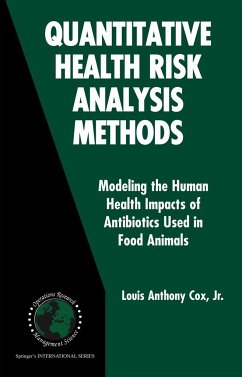
Thoughts on my Thoughts II

PAYBACK Punkte
19 °P sammeln!
It is a common theme in many books and films: when people get lost in a desert or a jungle and try to walk in a ¿straight line, they end up walking in circles. No matter how hard they try, at some point they will cross their own tracks and despair, because they realize that they will never make it back to civilization. Surprisingly enough, the belief that people walk in circles when lost is mainly based on anecdotal evidence and has never been studied systematically in a real desert or forest. Scientists have now presented the first empirical evidence that people can't walk in a straight line...
It is a common theme in many books and films: when people get lost in a desert or a jungle and try to walk in a ¿straight line, they end up walking in circles. No matter how hard they try, at some point they will cross their own tracks and despair, because they realize that they will never make it back to civilization. Surprisingly enough, the belief that people walk in circles when lost is mainly based on anecdotal evidence and has never been studied systematically in a real desert or forest. Scientists have now presented the first empirical evidence that people can't walk in a straight line and really do walk in circles when they do not have reliable cues to their walking direction. It turned out that these circles were rarely in a systematic direction. Instead, the same person sometimes veered to the left, sometimes to the right. Walking in circles is therefore not caused by differences in leg length or strength, but more likely the result of increasing uncertainty about where straight ahead is. Thinking about walking in circles and trying to walk a straight line-even with all the volumes of information we have accumulated about how life began we still nd ourselves getting lost and turning in circles trying to solve one of sciences greatest outstanding mysteries. Even the individual pathways in metabolism are intricate. It is hard to imagine how such an intricate process could have started by itself. Complicating things further, each step is controlled by a molecule called an enzyme, which speeds up the chemical reactions in question. Enzymes are complicated molecules that can only be made through metabolism, under the control of genes. So, scientists face a biochemical chicken-or-the-egg dilemma: Which came first, the chemical engine to build the cell, or the cellular mechanisms needed to build the engine? In the quest for finding certainty in our pursuit for truth and understanding, it seems to me good council to consider what is written in 1Kings 19:11012. The Lord is not found in the strong winds, disasters, earthquakes or fire. After all is done, His answer will be found in ¿a still small voice.














